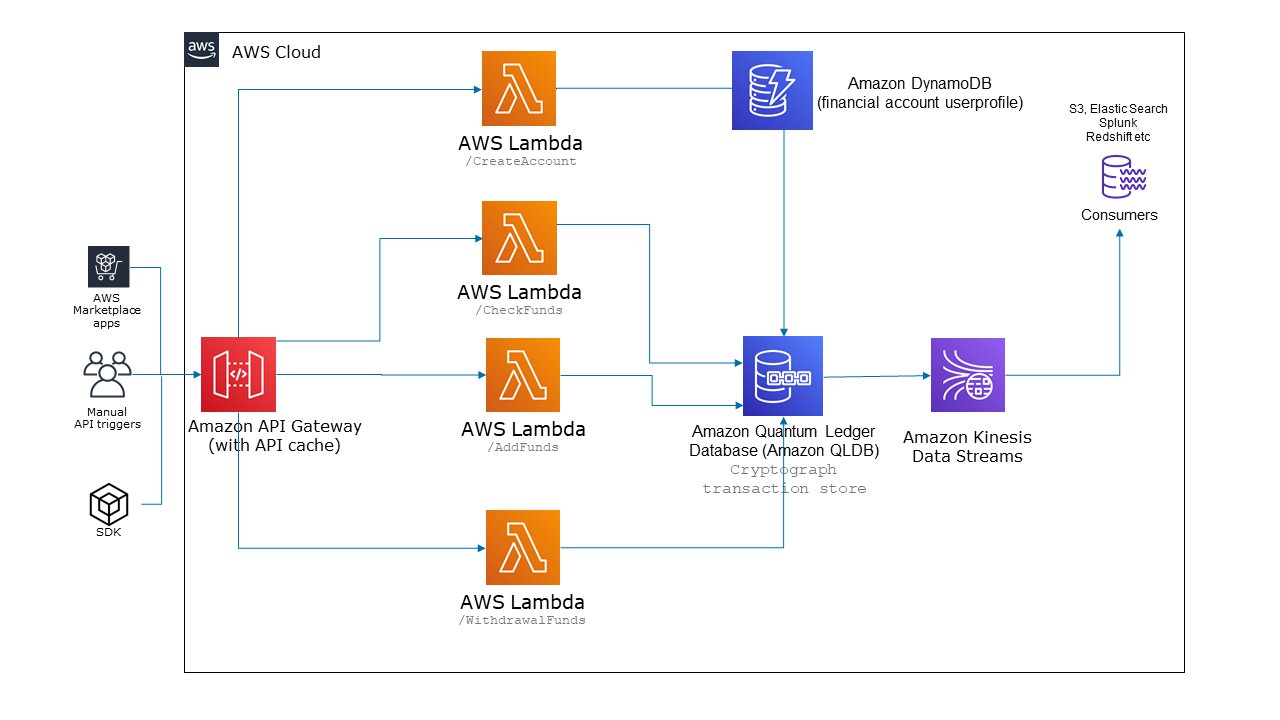AWS Database Blog
Category: Compute
Customize Amazon RDS events notification using Amazon EventBridge and AWS Lambda
Large customer database infrastructures are often deployed with Amazon Relational Database Service (Amazon RDS), which includes various engine types such as Oracle, SQL Server, MySQL, MariaDB, and PostgreSQL. Monitoring is an important part of maintaining the reliability, availability, and performance of Amazon RDS and your AWS solutions. To debug multi-point failures, we recommend that you collect monitoring data from all parts […]
Monitor deadlocks in SQL Server on Amazon EC2 and set notifications using Amazon CloudWatch
July 2023: This post was reviewed for accuracy. Many of our customers running SQL Server on Amazon Elastic Compute Cloud (Amazon EC2) instances want to capture specific events (systems and user-defined) for monitoring and troubleshooting issues with SQL Server. SQL Server logs these events in its error logs and agent logs. A deadlock is an […]
Use Oracle Real Application Testing features with Amazon EC2
October 2024: This post was reviewed for accuracy. Customers running on an on-premises environment often face the challenges of scalability, performance, cost, and reliability. To increase resiliency, performance, and scalability, AWS has become the new norm to help and offer companies the benefits of the AWS Cloud. In this post, we use Oracle Real Application […]
Build a fault-tolerant, serverless data aggregation pipeline with exactly-once processing
The business problem of real-time data aggregation is faced by customers in various industries like manufacturing, retail, gaming, utilities, and financial services. In a previous post, we discussed an example from the banking industry: real-time trade risk aggregation. Typically, financial institutions associate every trade that is performed on the trading floor with a risk value […]
Build a near real-time data aggregation pipeline using a serverless, event-driven architecture
The collection, aggregation, and reporting of large volumes of data in near real time is a challenge faced by customers from many different industries, like manufacturing, retail, gaming, utilities, and financial services. In this post, we present a serverless aggregation pipeline in AWS. We start by defining the business problem, introduce a serverless architecture for […]
Build purpose-built database AMIs using Amazon EC2 Image Builder
Managing virtual machine images that you standardize through configuration, consistent security patching, and hardening (also called “golden images”) is a time-consuming task. System administrators and database administrators responsible for these tasks have to define the characteristics of these images (such as which software to pre-install, which versions to use, and which security configurations to apply). […]
Build a simple CRUD operation and data stream on Amazon QLDB using AWS Lambda
In the financial services industry, efficient data lineage and audit capabilities are highly sought after. This is particularly true for database transaction processing that facilitates the movement of currency and management of sensitive customer account information. This is a challenge for customers because although all financial service providers generally have a means of moving money […]
How Liberty Mutual built a highly scalable and cost-effective document management solution
With more than 45,000 employees in 29 countries, Liberty Mutual is the sixth largest global property and casualty insurer, and currently ranks 71st on the Fortune 100 list of largest corporations in the US. The expectations of customers continue to increase as the pace of change accelerates, the nature and magnitude of risk change, and […]
Automate benchmark tests for Amazon Aurora PostgreSQL
Optimizing a database is an important activity for new and existing application workloads. You need to take cost, operations, performance, security, and reliability into consideration. Conducting benchmark tests help with these considerations. With Amazon Aurora PostgreSQL-Compatible Edition, you can run multiple benchmark tests with different transaction characteristics matching your data access patterns. In this post, […]
Build with Redis data structures for microservices using Amazon MemoryDB for Redis and Amazon ECS
Microservices architectures provide development teams a mechanism to reduce time to market, and enable hyper-scaling of business-critical applications. They also provide the flexibility to make technology decisions best suited for the needs of each service. This includes the selection of a purpose-built database to store and retrieve data in a highly scalable and efficient manner. […]









